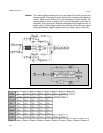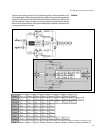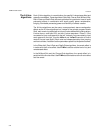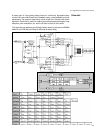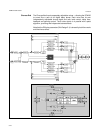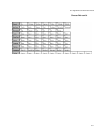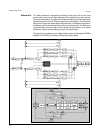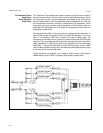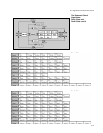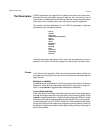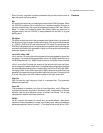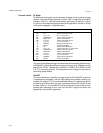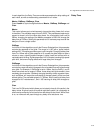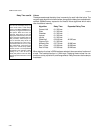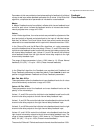
Lexicon
3-14
PCM 80 User Guide
The Resonant Chord effects use impulsive energy at the inputs to excite six
resonant voices (notes). The level, pitch, duration, and high-frequency cutoff of
the overtones for each voice are separately controllable. Each voice can be
panned independently. The voices resonate to some degree with any input, but
the most effective excitation contains all frequencies, like percussion. Other
instruments may give a quality of tonal ambience in which certain notes rise
ethereally from the background. The output of the resonator is then fed into a
stereo plate reverb effect.
The two algorithms differ in the way pitches are assigned to the resonators. In
Res1>Plate, pitches are assigned to the six voices chromatically, in a round-
robin. If, for example, MIDI note numbers are used to assign pitch, the
resonators will constantly be re-tuned to the pitches of the last six MIDI notes
received. (This can produce an effect similar to playing a piano with the sustain
pedal depressed.) In Res2>Plate, pitches are assigned to the six resonators
diatonically — harmonized with the key, scale, and root of your choice. If MIDI
note numbers are used to assign pitch, the resonators will constantly be re-tuned
to harmonize with the incoming notes.
These algorithms can address up to 4 Meg of delay memory (with optional
SIMMs added to the PCM 80), providing 38 seconds of stereo delay.
The Resonant Chord
Algorithms:
Res1>Plate and
Res2>Plate



